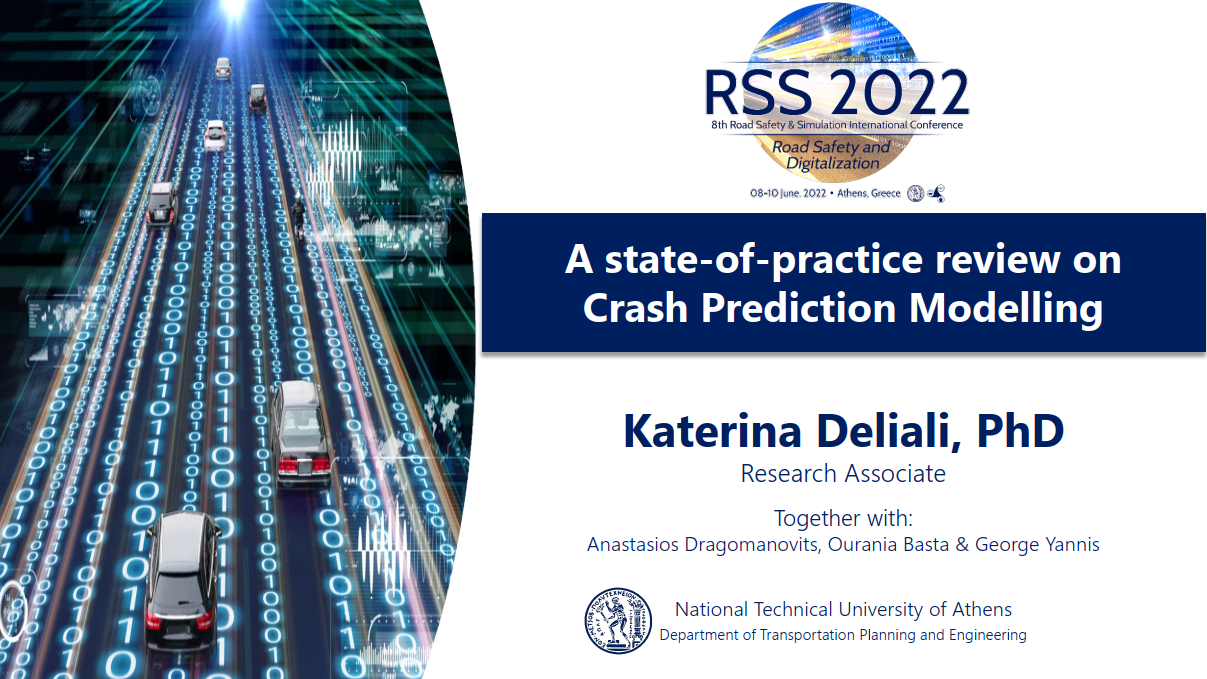
Despite the efforts to improve road safety, road crashes constitute a major global societal problem with more than 1.25 million fatalities per year (first mortality cause for the ages 15-29). Crash Prediction Models (CPMs), including Safety Performance Functions (SPFs) and Crash Modification Factors (CMFs) and other advanced statistical models are essential tools for transport authorities and highway agencies, mostly in developed countries, to predict crashes, analyze injury severity, identify hotspots, and assess safety countermeasures. The objective of this present study is to provide a state-of-the-art review of international literature on microscopic road safety modelling methods and statistical approaches, and to identify trends and gaps of knowledge in pertinent research. A structured keyword search in online scientific databases was performed to identify the most relevant publications on crash prediction modeling. Following a set of rigorous criteria, more than 100 research publications on microscopic crash modeling were identified as appropriate for this review. A second level of categorization was applied, and included: (a) AASHTO’s Highway Safety Manual and related publications, also including recent publications on its expected update, (b) development of Safety Performance Functions (SPFs), i.e. basic crash prediction models developed for “base conditions”, (c) estimation and use of Crash Modification Factors (CMFs), to account for differences in geometric design/traffic control features between the base conditions of the model and local conditions of the site under consideration, and (d) stand-alone multivariate Crash Prediction Models that usually include many explanatory variables compared to SPFs, in order to consider site characteristics on their own, without the use of CMFs, and (e) multivariate models using machine learning approaches. The paper discusses the current state-of-art in the field of crash prediction modeling, emphasizing on future directions as well as strengths and limitations of the existing approaches.
| ID | pc442 |
| Presentation | |
| Full Text | |
| Tags |








